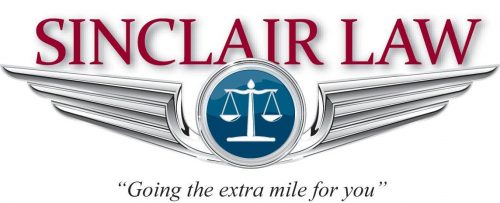Yamaha first dropped hints about its “leaning multi-wheel” at the 2017 Tokyo Motor Show and then displayed it as a concept bike at the EICMA European motorcycle show. Now it is ready to hit the streets as the Niken, exciting many for very good reasons.

—
The year 2018 saw many strides in new motorcycle technology. There were self-balancing bikes, robots riding motorcycles and even two-wheelers that parked themselves and came to you when called. While all of these were great distractions that are far from being street-ready, Yamaha was delivering a new bike that while not as Hollywoodish as some of the other offerings actually offers some real-world benefits.
For 2019, Yamaha is introducing the Niken (Japanese for Two Swords), a three-wheeled motorcycle unlike any offered before. It is neither a trike nor a slingshot. The twin front wheels on the bike sit too close together to provide enough stability to even allow it to stand on its own. What it does offer is twice the traction and braking power that a normal street bike enjoys without compromising the feel of riding a normal motorcycle.
This provides a drastic improvement in both handling and potential speed, with the added benefit of simultaneously improving safety. The bike is capable of 45+ degrees of lean in corners, and the added traction of the front wheels allows curves to be taken much more aggressively. This translates to less momentum being bled off and faster acceleration entering straightaways.
The greatest benefit to safety comes from two different factors. First is the added traction and control already discussed, and second is a simple fact that twin front wheels make twin front brakes possible. The majority of a bike’s stopping power is in the front end.
Melbourne, Florida, motorcycle accident attorney Brad Sinclair explained, “The majority of single motorcycle accidents occur when riders lose control entering or exiting corners. Low side crashes occur when a rider loses traction in a corner and the bike slides out from under them. High-sides occur most often when a rider gets in over their head and is forced to use too much rear brake. Doubling the traction and braking power of the front end should help eliminate both.”
Contact Info:
Name: Scot Small
Email: Send Email
Organization: Sinclair Law
Phone: 1-321-369-9899
Website: https://www.sinclairlaw.com/
Video URL: https://www.youtube.com/user/SinclairLawOffice
Source: MarketersMedia
Release ID: 470288


